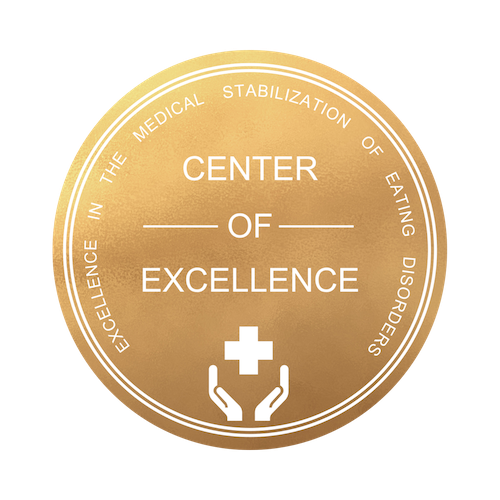Low Heart Rate (Bradycardia) and Anorexia
A common cardiac complication associated with anorexia nervosa, low heart rate, is observed in as many as 95 percent of patients.
Unlike other mental health disorders, eating disorders have a high prevalence of parallel medical complications. This is especially true of patients suffering from anorexia nervosa (patients weighing less than 80 percent of ideal body weight), since nearly all of the body’s vital organs and systems are adversely affected by sustained starvation and malnutrition.
Bradycardia is a Severe Anorexia Complication
Cardiac complications are arguably one of the most severe medical issues stemming from anorexia. Bradycardia (heart rate less than 60 beats per minute) and hypotension (blood pressure less than 90/50) are among the most common physical findings in anorexia, with bradycardia seen in up to 95 percent of patients. (Mehler & Brown, 2015) Low heart rate results from the body’s parasympathetic nervous system trying to conserve energy, while hypotension is due to a weakened heart muscle and in some cases, dehydration that occurs commonly alongside anorexia. Alternatively, non-cardiac causes of chest pain in a patient with anorexia nervosa can include gastroesophageal reflux, pneumothorax, muscular strain or anxiety.
Athletic Heart and Bradycardia
Individuals suffering from anorexia will often attribute their low heart rate to an “athletic heart.” In other words, they justify their low heart rate with the belief that their exercising has made them a truly conditioned athlete and therefore they have low resting heart rates and experience only small increases with exertion. While many of these patients may be exercising excessively to lose weight, the reality is that a starved, malnourished heart is not in excellent condition. Rather, it will display an abnormally rapid heart rate (tachycardia, 100+ bpm) with even minor exertion, like walking across the room or standing up from a lying position. Moreover, ultrasound of the heart in a patient with anorexia nervosa will reveal small, thin heart chambers versus normal chamber size in the athlete. Because few medical providers are trained in understanding eating disorder complications, the rationale of an “athletic heart” is often accepted in medical settings, whereas a trained eating disorder expert would recheck the pulse following minor exertion and understand this symptom—presenting with low body weight—to be a clear indication of anorexia nervosa.
Bradycardia Requires Immediate Medical Attention
In general, patients with anorexia nervosa and severe bradycardia (heart rate less than 40 bpm) and hypotension should be hospitalized for monitoring and stabilization. At this stage of cardiac distress, the patient is likely experiencing other serious medical complications related to their illness, and medical stabilization in a specialized inpatient medical setting may be necessary prior to entering an eating disorder treatment program.
Thankfully, bradycardia, low blood pressure and most other complications associated with anorexia are reversible with medically-supervised nutritional rehabilitation and weight restoration. Left untreated, or treated at an insufficient level of medical care, these cardiac issues can be life-threatening. Anorexia nervosa has the highest mortality rate of any psychiatric disorder, and medical complications account for more than half of all deaths in anorexic patients. (Löwe et al, 2001; Herzog et al, 1997).
For more information about complications of low heart rate (bradycardia) and anorexia, contact us.

